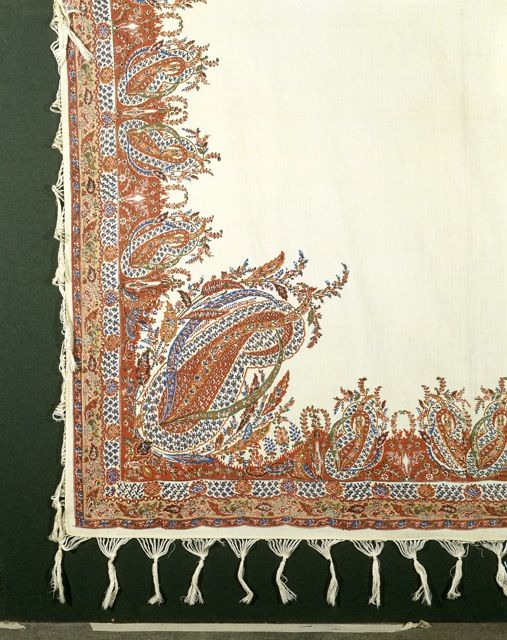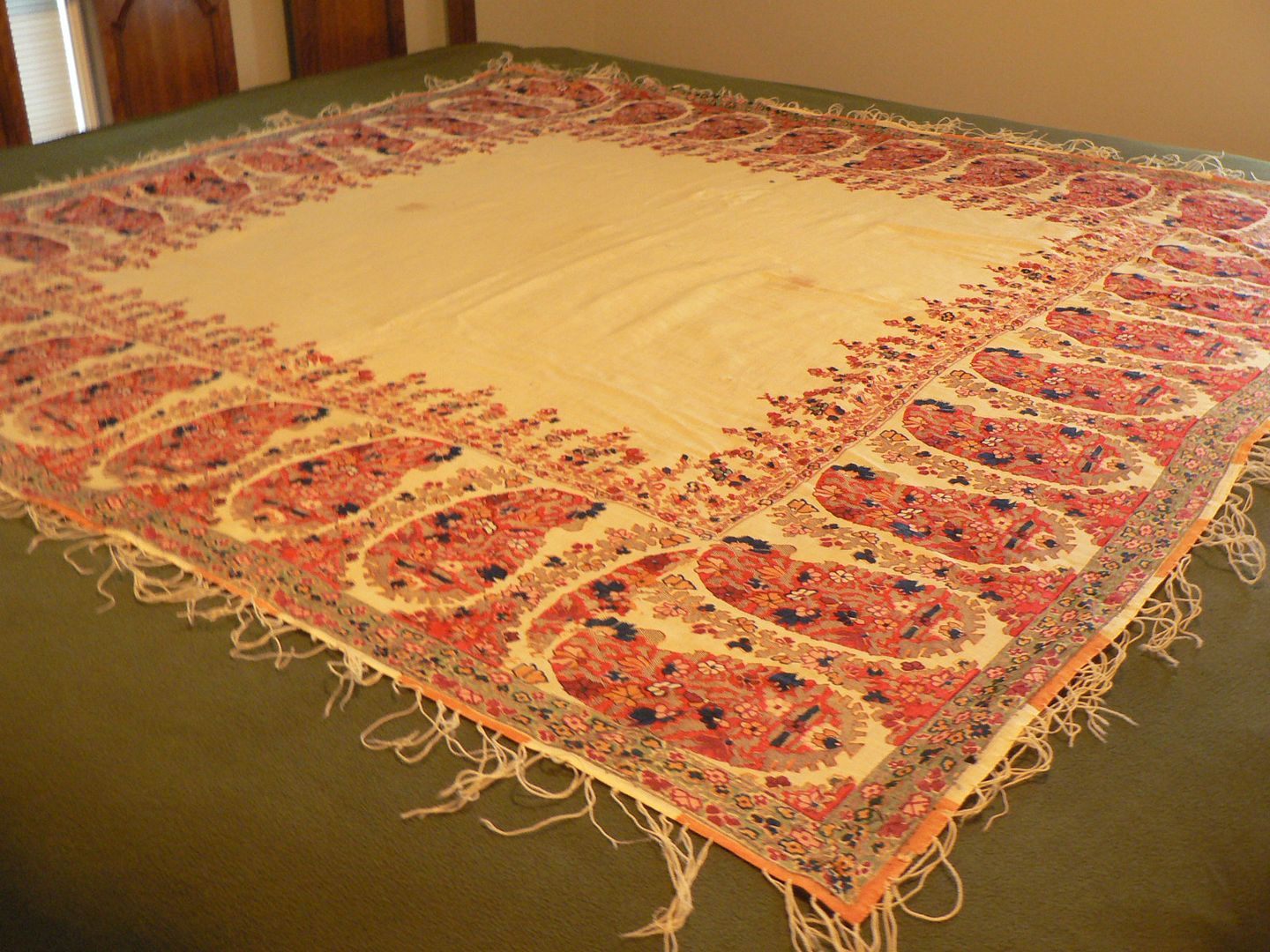 A few years before my Aunt Dorothy Streeper passed away, she took me into her bedroom and handed me a shawl that she retrieved from her dresser drawer. This was a shawl, she said, belonging to my second great-grandmother, Mary Haskin Parker Richards, given to her by her husband, Samuel Whitney Richards when he was in Scotland on his mission.
A few years before my Aunt Dorothy Streeper passed away, she took me into her bedroom and handed me a shawl that she retrieved from her dresser drawer. This was a shawl, she said, belonging to my second great-grandmother, Mary Haskin Parker Richards, given to her by her husband, Samuel Whitney Richards when he was in Scotland on his mission.
Mary
Mary was born 8 September 1823 in Chaigley, Lancashire, England to John Parker and Ellen Heskin. Most of the Parker family were converted to the LDS Church and were baptized in 1838 when Heber C. Kimball, Orson Hyde, Joseph Fielding, and Willard Richards were proselyting around the River Ribble.
In late 1840, Mary sailed to America with a few friends of her parents, aboard a non church-sponsored ship, Elians, arriving in New York on 26 January 1841. Having lost their money before sailing, they were required to remain in the east where they could find work. By fall of 1843, however, Mary had arrived in Nauvoo, Illinois, where she was reunited with her parents, who had left England before her.
Also in Nauvoo, Mary fell in love with Samuel, whom she wed in the Nauvoo Temple on 29 January 1846.
In May 1846, during the spring exodus from Nauvoo, Mary accompanied Samuel’s parents and younger brother, as well as other extended Richards family. Samuel and his brother, Franklin D. Richards, stayed behind, having been called to serve a mission in Great Britain. Upon arriving in Liverpool, Franklin remained in England while Samuel was sent to Scotland, as the presiding authority there. Mary lived in Winter Quarters with his family until May 1848, when he returned from his mission.
 The Shawl
The Shawl
One of Samuel’s diaries records presents he received while in Scotland. On 21 September 1847, he received a shawl from Sister Gibson. It is possible that this is the shawl in my possession. Samuel also returned to England in 1851 as head of the British Mission. He may have purchased Mary’s shawl during that time. However, as he was president of the mission, publisher and editor of the Millennial Star, and agent of the Perpetual Emigration Fund where he arranged all of the emigration to Zion, I doubt that he was in Scotland very much, if at all.
The shawl is five feet square, printed on one side in a paisley pattern, with fringe on the edges. There are some discolored spots and worn spots. Being unsure how to care for the shawl, I took it to Jeanne Thelin, of Restoration Source in Midvale, Utah. I thought maybe the shawl was made of wool and the holes were made by moths. She informed me that the fabric was cotton, and that the worn spots were where the shawl had been folded and refolded over the years. She carefully folded it around tissue paper and placed it in an archival box for me. Although I take it out and look at it occasionally, during the rest of the time I forget that the shawl is on my shelf.
The calico printers near Glasgow, Scotland
In 2009, Polly Aird authored a book about her great-great uncle, Peter McAuslin. In the book, she explains how the small farms gave way to big estate owners, causing people to migrate to the Lowlands to find jobs around Glasgow, usually in the textile factories. Peter’s father apprenticed to become a block calico printer. The main products hand printed this way were cotton bandanna handkerchiefs and shawls. As Polly writes:

For these the hand block printer still used a block of wood on which part of the pattern was engraved. At the corners were brass pins that allowed him to line up the impression with the one previously made. At a side table, his young assistant, known as a “tearer” and often one of the printer’s own children, spread dye paste onto a piece of wool stretched on a frame. The printer pressed his woodblock onto the dye-saturated wool to take up the dye and then positioned the block on the cotton cloth and struck the back of the block with a mallet. Several colors could be printed by changing the blocks and dyes. [Polly Aird, Mormon Convert, Mormon Defector: A Scottish Immigrant in the American West, 1848–1861 (The Arthur H. Clark Company: Norman Oklahoma, 2009), 35]
Immediately upon reading this, I e-mailed Polly to tell her I had a shawl which probably would have been printed using the hand block method. According to her, the Paisley Museum has three shawls, more intricate than Mary’s shawl. These shawls were made in the 1840s–1850s. She has a picture of one of the shawls. “The size of the spread-out shawl is 10 feet 6 inches by 5 feet 6 inches, making it one of the larger size shawls produced during the final phases of the industry. The majority of shawls made in the 1850s and 1860s were of these approximate dimensions, and of course, being the youngest shawls, they are the ones that tend to survive in greatest numbers.” [Polly Aird e-mail, 2 Jan 2010] She says that the market for shawls dried up in the 1860s.
Conclusion
I still don’t know when Samuel obtained the shawl for Mary or whether he shipped it to her from England or brought it home with him. But based on Polly Aird’s book, I have a better understanding of how the shawl was made. And thanks to Jeanne Thelin, I know how to care for the shawl so as to preserve it for future generations.

Continue reading at the original source →



